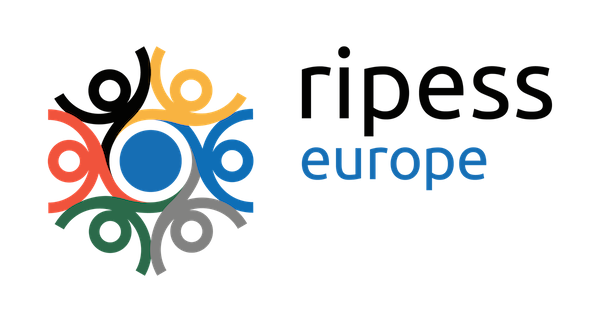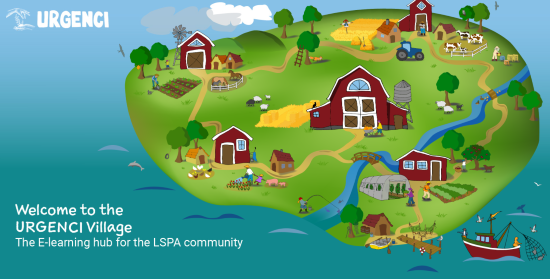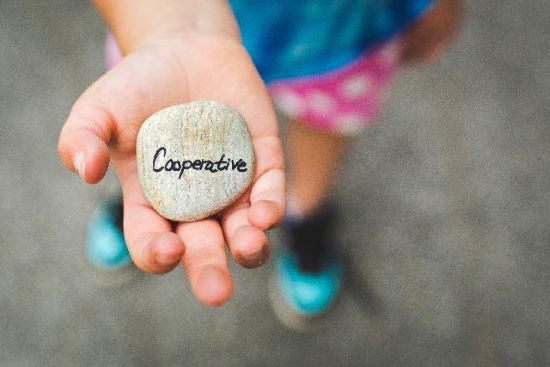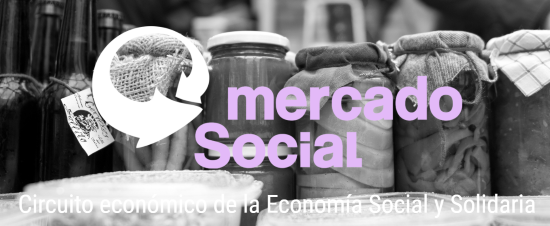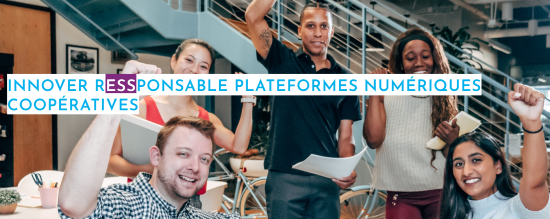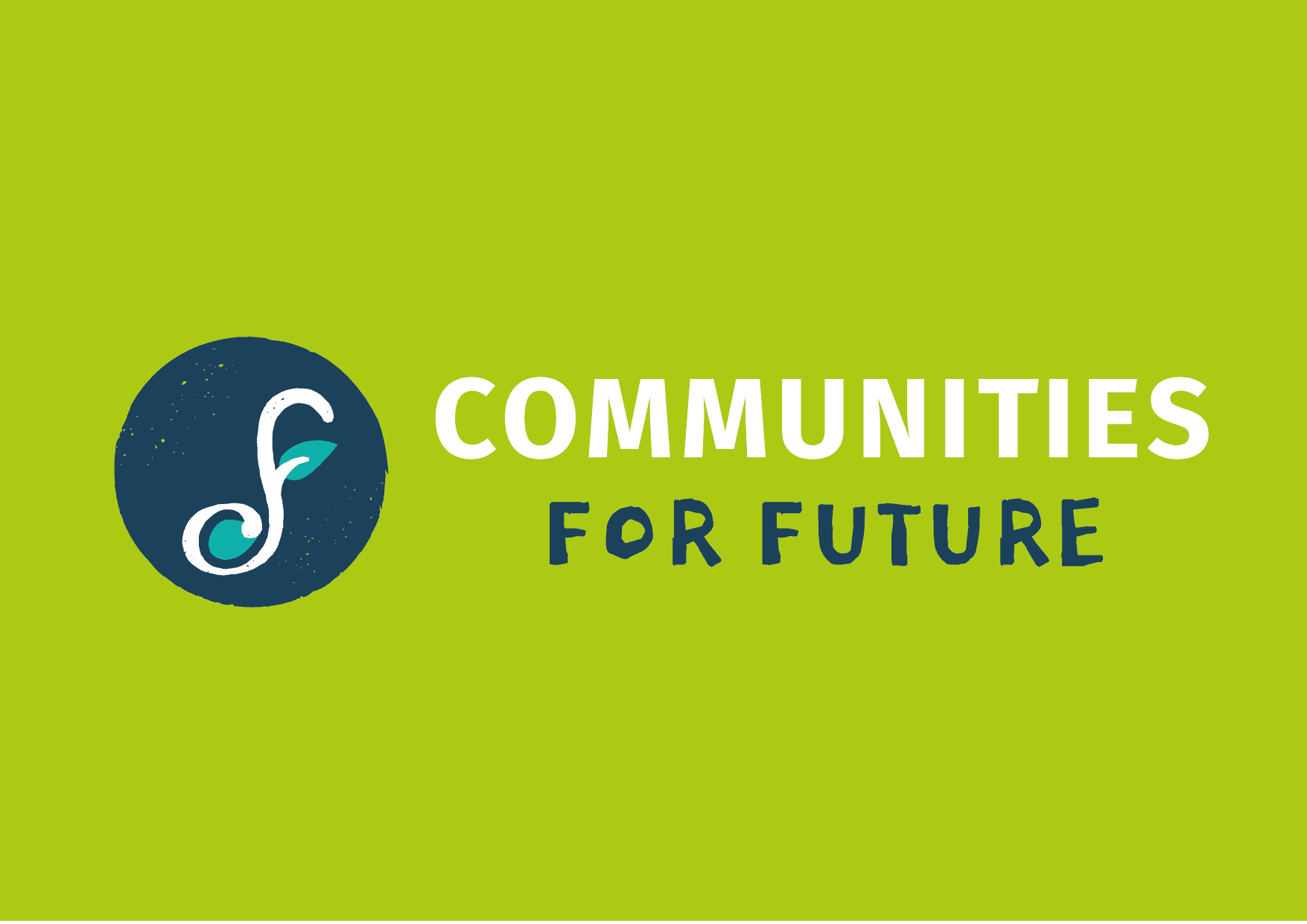Article by Judith Hitchman, Urgenci International Network
“Have all the webinars been recorded?” “Where can I find guidelines on managing the budget of a CSA farm?”, “I have to deliver a training session on starting an LSPA1 in my country. Is there anybody I can contact on the topic?”, “Do you know if there is a tutorial about organizing a CSA pick up?” URGENCI’s e-learning hub has been developing since autumn 2019, to provide solid answers to these relevant questions. A new, improved and more comprehensive version of the Hub was launched in November 2021 (https://hub.urgenci.net). The Hub has been conceived as a comprehensive digital tool used to advance the learning mission. It is designed around the idea of creating an online “Village” where visitors can enter to connect and engage with the wider community, find and share resources, venture down a learning pathway, or choose a course from the growing repertoire of courses. The Hub is a tool to support a community of learning and relies on two central axes to realise its vision: static content delivery with clear and intuitive thematic areas that provide easy access to any multimedia to be uploaded; and a dynamic learning interface with the possibility to host and run online courses as well as a mentoring programme. URGENCI’s hub fully supports and integrates a broad blended learning approach.
The primary goal is to design curricula and paths connecting the various supporting pedagogical materials together, to build stronger coherence between tutorials, webinars, online courses that are often scattered and too disconnected.
The activities foreseen on URGENCI’s Hub are based on a hybrid approach to learning, with both asynchronous (e-learning module) and synchronous components (live sessions in cohorts). The balance between these two components of online learning activities is flexible and tailored jointly with the partners involved in the specific context, capacity and needs of the e-learning project. The e-learning component as a whole is designed to complement the overarching face-to-face training strategy by providing additional learning opportunities for the existing community of practice. The objective here is to make training more accessible and inclusive as well as to reach out to wider audiences. Community building is a the core: online courses that do not offer much interaction either with tutors or other learners can prove very challenging and demotivating, as learners may experience feelings of isolation. The online courses therefore run over a specific timespan, and aim to bring adult learners, experts, tutors and facilitators together in a so-called “cohort” or class. It can be run on any given basis (yearly, bi-annually, etc.) chosen by the participating organizations.
The value of running a cohort of learners over merely having self-paced materials available is immense. While digital learning can never (nor should ever) replace in-person training, it is still a space where a community can form and dynamic learning can take place. The most valuable form of learning does not come from ingesting text or multimedia, but rather through active, live practice, through live demonstration and presentation, and, most valuably, through peer-to-peer teaching. All of this can be accomplished in a cohort of learners who communicate in groups and meet periodically for live sessions. The online courses generally consist of two major elements.
First – the courses have a sophisticated e-learning module. Learners have the opportunity to review all content once enrolled. They can thus work through a set of lessons at their own pace. This is called self-paced learning. Self-paced learning is particularly useful for adult learners, since participants in the course can use their time flexibly and engage in the course content when they can fit it into their schedules.
All of the e-learning modules activities are connected to a learning goal (outcome) and provide a richer, more dynamic learning experience (as opposed to merely reading some text). All the module’s lessons may offer downloadable material in the languages of the project partners.
Some learning should however be completed in preparation for live sessions. As the course runs with a cohort of participants, there is an expectation that certain content will be completed by fixed dates. In order to keep the cohort group engaged and on the same page, the learning content is broken into weeks. Much of the work and activity for or in live sessions (presentations; games; role plays; writing assignments; projects; etc.) is oriented around the knowledge and skills developed in the self-paced e-learning sessions. The cohort of participants who have enrolled meet several times during joint sessions with facilitators, mentors or subject-matter experts. These sessions are handled either via the LMS (Learning Management Software) or through other tools, such as Zoom, which enable multi-lingual sessions thanks to the webinar option.
Here is the planned stage-by-stage process to design any online curriculum. In the first pre-design stage, data is collected, outcomes are created, and learner needs are assessed. In the second Curriculum Design stage, the course outcomes are finalized, the course is subdivided into hours and weeks, and lessons are planned. In the third Content Creation/Gathering stage, content is harvested from partners and Subject Matter Experts, and graphics or models are designed. In the fourth Outlining stage, skeleton breakdowns of lesson agenda are created, and feedback is received on the proposed course framework. In the fifth Storyboarding phase, full digital texts of the course are built into templates, including all resources, activities, images, graphics, and videos. Storyboards are the “paper version” of the course. They are full textual replicas of an online course. In the sixth Build phase, the storyboards to build the course onto the Hub are used. In the seventh Testing phase, a core beta group is identified to test the functionality, ease-of-use, and authoritativeness of the course on the Hub. This leads to invaluable feedback which can be integrated into the iterative design process. In the eighth Launch phase, the course is actively promoted and the learner cohort identified. In the final post-launch phase, analytics and learner feedback are gathered, and updates and refinements are integrated into the course.



